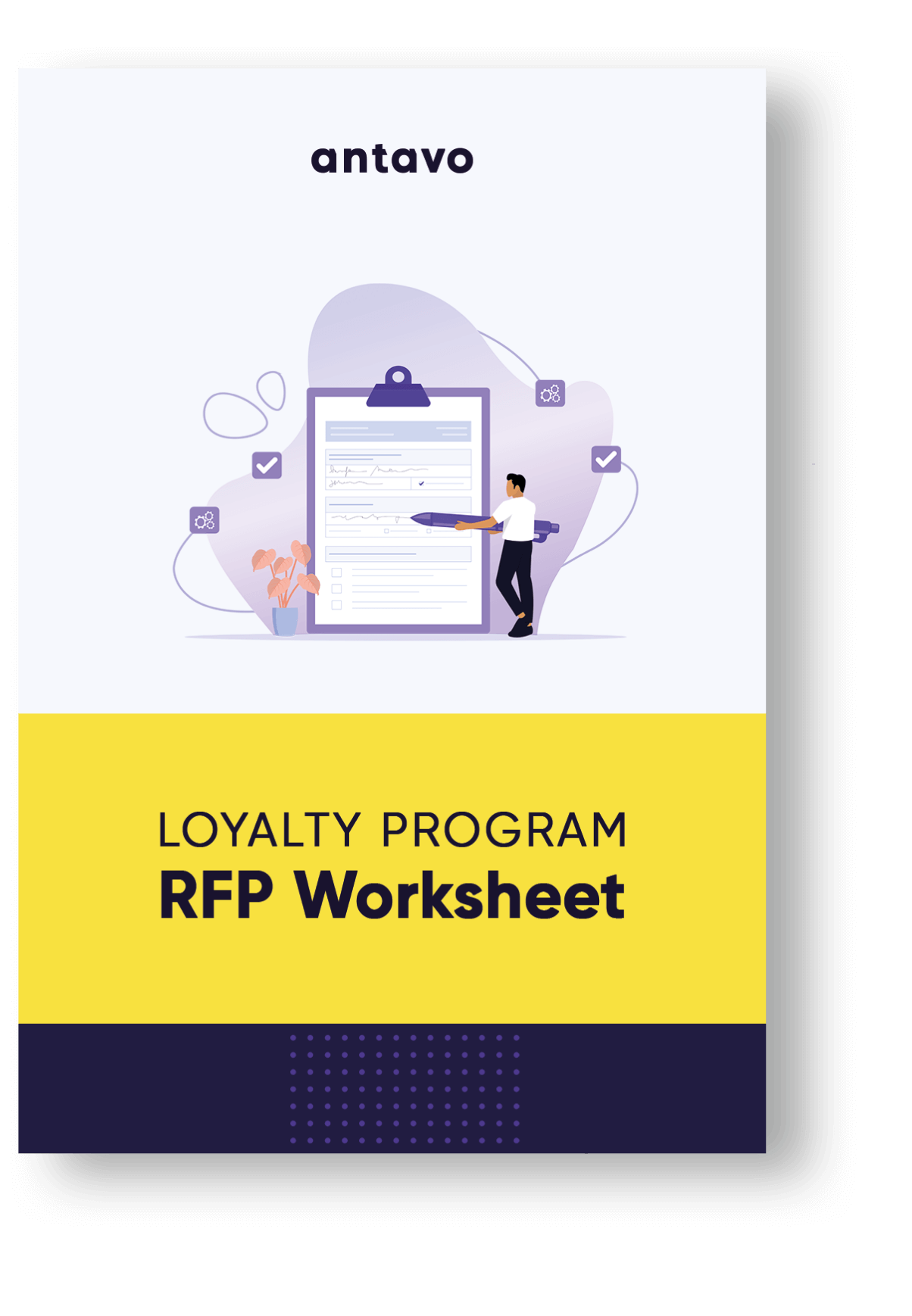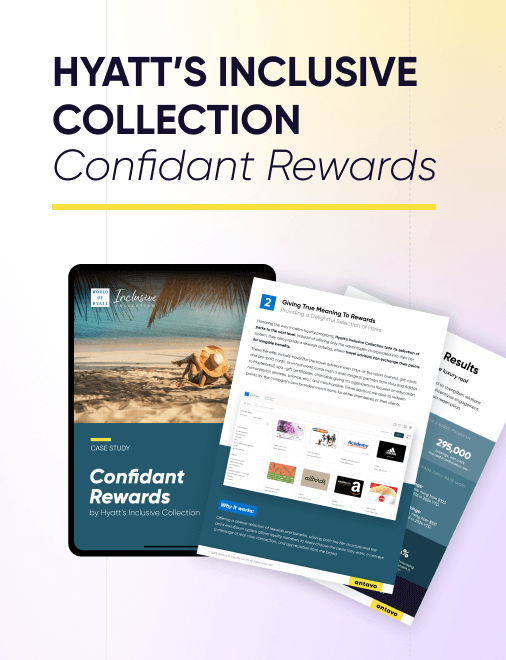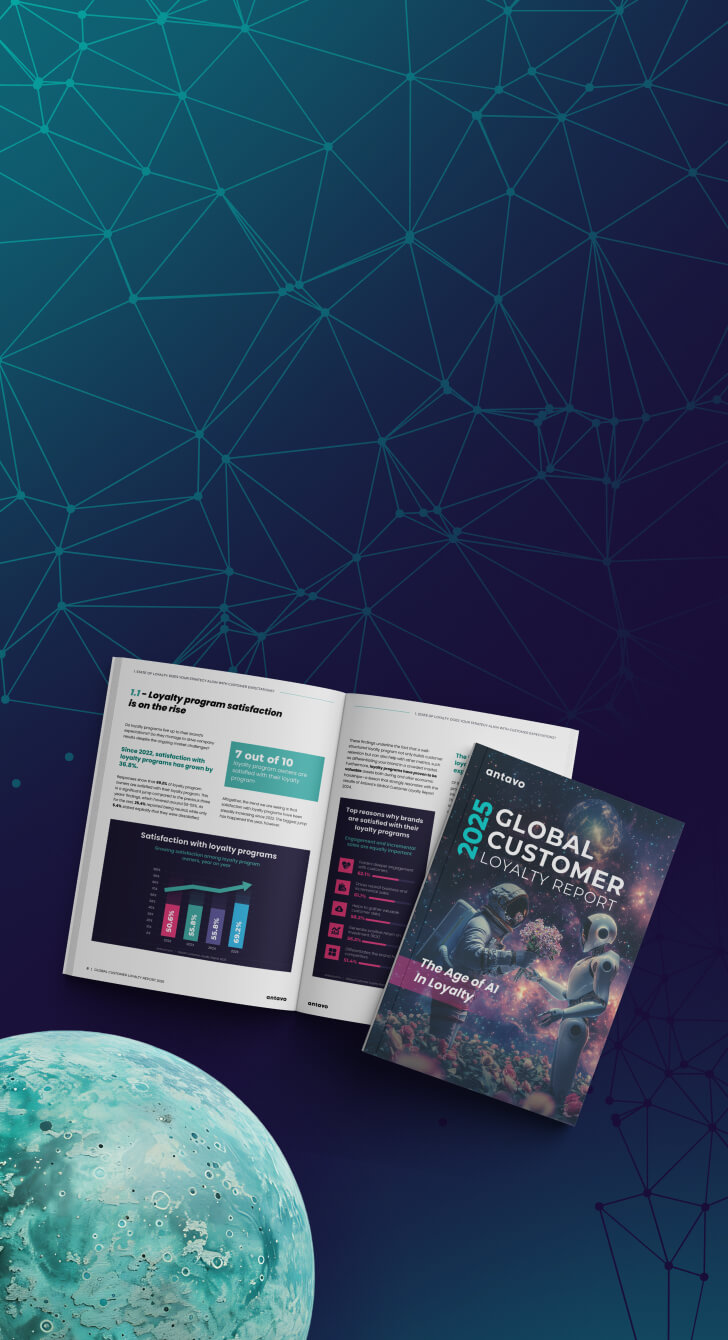With advancing technology, today’s customers are more connected and have more control over the buying process than ever before. As the competition is getting more fierce and the market is getting overcrowded, companies need to find a way to stay relevant and find an effective way to stand out. Companies need to ensure their customers that they provide a seamless user experience across all channels, and that their in-store experience is the same as the online one to maintain consistency. Having an omnichannel marketing strategy is a great solution to remain relevant and competitive in the eyes of your customers as it’s a strategy that leads to a better overall customer experience.
Table of Contents
What Is an Omnichannel Experience?
Omnichannel is an approach used to improve the customer experience with a seamless shopping process across all channels. According to McKinsey, more than one-third of Americans have made omnichannel features such as buying online for in-store pickup part of their regular shopping routine. Nonetheless, the omnichannel experience is not yet universal. It is based on customer behavior and interaction because their activity determines the next thing they see and not every customer has the same brand experience.
An omnichannel experience provides customers with multiple touchpoints to communicate and engage with brands. It aims to create an equally efficient and positive experience across all platforms. This includes traditional and digital channels, point-of-sale, and physical and online experiences. For example, integrating a new, app-centric mobile pass system counts as a communication opportunity, while the in-store event invitation you send to customers passes as the communication event.
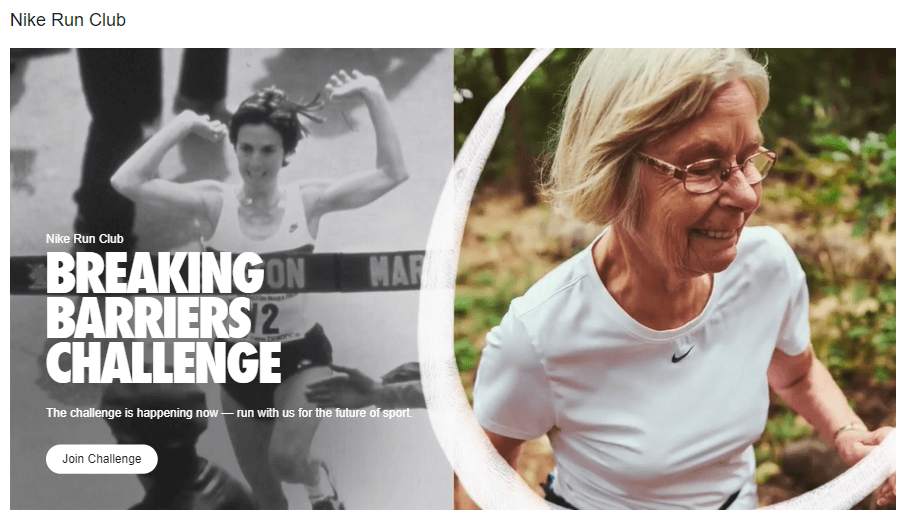
The Importance of Omnichannel Strategy in Retail
Customers tend to be looking for information in the physical store while simultaneously gathering additional information from their mobile devices about offers and possibly better prices. With the recent hyperjump in eCommerce adoption, retailers that are solely focused on their offline channel, no matter how established their brand is, will miss out on a sizable audience. This leads to significant changes in the retail environment and provides opportunities for retailers to redesign their marketing and product strategies.
Omnichannel retail is about smooth experiences. The ability to buy in-store or online along with the emergence of social media and review sites, retail marketers need to centralize how customers are interacting with their brand across a multitude of channels to ensure a positive and productive outcome. In order to deliver customer satisfaction, companies need to collect data from various sources that can then be unified to provide brands with one single view of their customers. Retailers who are able to track their customers over different channels can provide them with a more personalized experience.
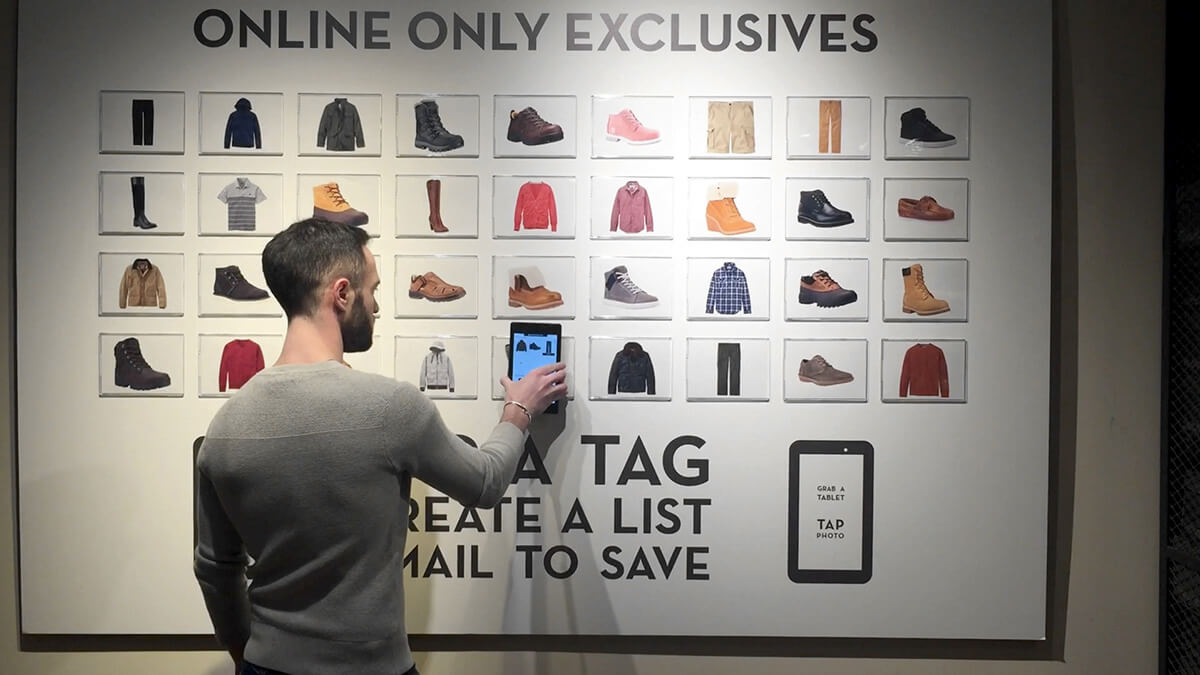
What is Omnichannel Marketing?
Omnichannel marketing is a method where businesses seamlessly implement brand-specific touchpoints across all types of digital marketing and offline marketing channels using unified messaging, cohesive visuals, and consistent management styles. This provides customers with more ways to interact with brands and have an overall positive and uniform experience. It also ensures that you reach customers where they are with relevant offers.
With a sound omnichannel strategy, you provide your customers with:
- A consistent brand image and messaging styles
- Personalized communications
- An enhanced shopping experience based on past interactions
- A seamless shopping journey, even when customers hop between various channels
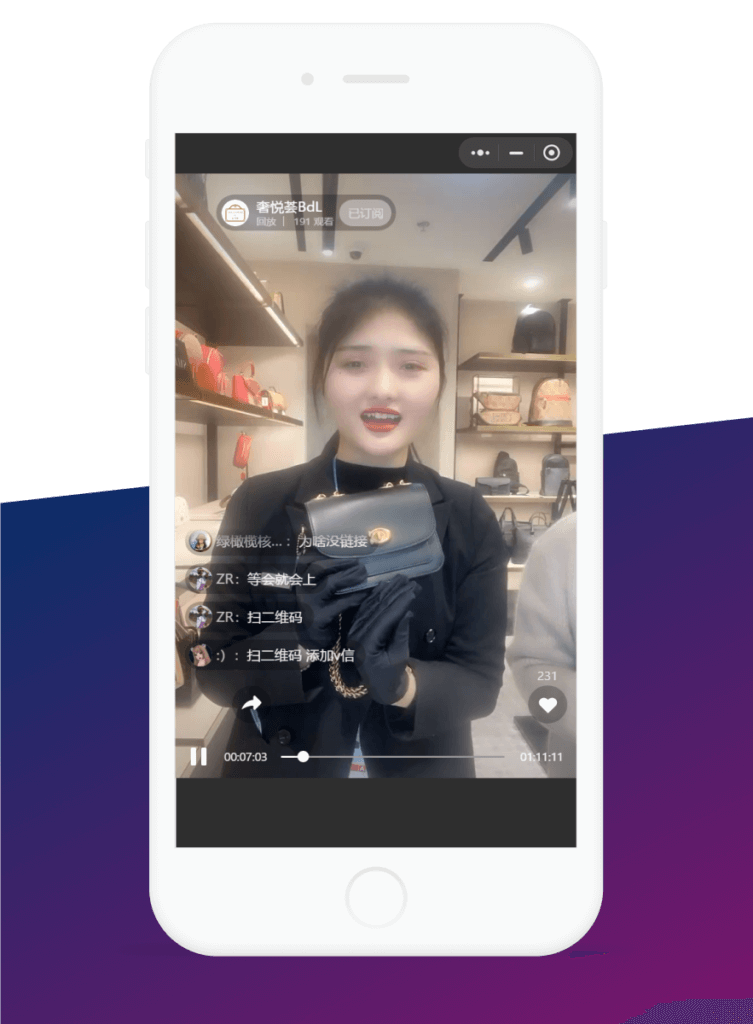
Multi-channel vs Omnichannel Marketing Strategy: What’s the Difference?
Bear in mind that establishing a marketing plan for each channel doesn’t automatically mean you have an omnichannel marketing strategy. While both multi-channel and omnichannel strategies are meant to engage customers on more than one channel, multi-channel does so without creating a meaningful link between channels. Omnichannel marketing, on the other hand, aims to create a consistent customer journey where people can hop between channels and still enjoy the optimal experience that they expect.
You can have amazing mobile marketing, engaging social media campaigns, and a well-designed website. But if they don’t work together, they don’t create an omnichannel experience for customers. Omnichannel marketing differs principally in its focus. Keep things consistent, for example you could try a tweet scheduler or other scheduling tools to reach higher number of audiences.
Examples of omnichannel customer journeys:
- Using an online or app-based ordering technology in a fast-food restaurant, and getting your order without standing in line
- Receiving a push notification on your phone from your favorite clothing brand when walking near their store
- Enrolling for a loyalty program on your phone, and then conveniently finishing the process online at a later time
- Accessing your digital loyalty pass on your mobile device to earn points for your in-store purchase and activating virtual coupons during checkout
There’s solid evidence that going omnichannel pays off in the end: according to the Omnichannel Statistics 2022, marketers using three or more channels in a campaign earned a 494% higher order rate than those using a single-channel campaign.
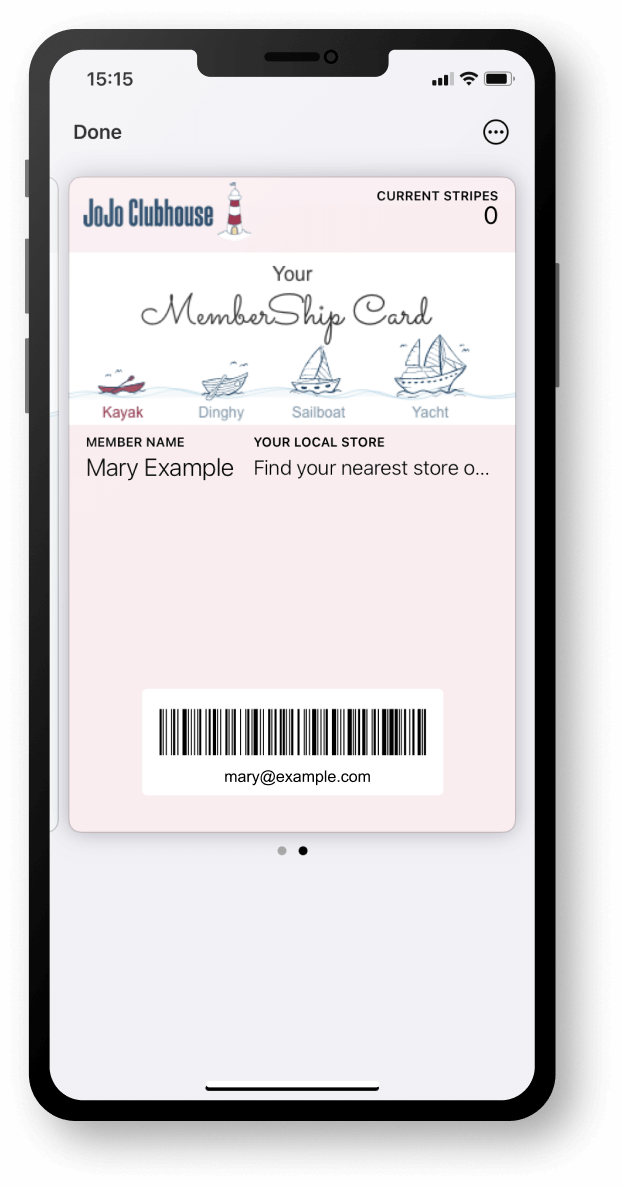
The Benefits of Using an Omnichannel Approach
Creating omnichannel customer engagements can serve as a brand differentiator, providing the following benefits:
- Better customer experience: From the customer’s point of view, the major selling point of omnichannel is that they can make purchases whenever and wherever they want. With an omnichannel approach, you can extend this convenience to other interactions as well, to create smooth and enticing customer experiences. At the same time you are able to reach customers where they are, allowing you to be able to provide better targeted communication.
- Increased revenue and traffic: According to a study omnichannel customers tend to spend 15% more. Omnichannel strategies also improve customer loyalty, strengthen brand recall, and promote repeat purchases. These efforts help brands retain customers and attract new customers through content personalization and word-of-mouth marketing. Also with the help of an omnichannel approach it will be easier for your potential customers to find you and make a purchase.
- Boosted customer loyalty: Customers purchase from the brands they value and trust. Omnichannel marketing efforts provide a consistent and personalized experience across all platforms for each customer. This approach improves the overall experience and leads to increased customer loyalty and retention, plus shoppers are more likely to recommend the brand to family and friends.
- Better data collection: The most obvious benefit of having an omnichannel marketing strategy is that it provides an all-encompassing view of each customer’s activity. An omnichannel strategy gives you the full picture of your customers’ shopping habits, including buying frequency, preferred channels, and more. The omnichannel approach allows businesses to gain insights on how to create content and offers that will encourage their customers to engage themselves in shopping more – not only online but also at the physical store.
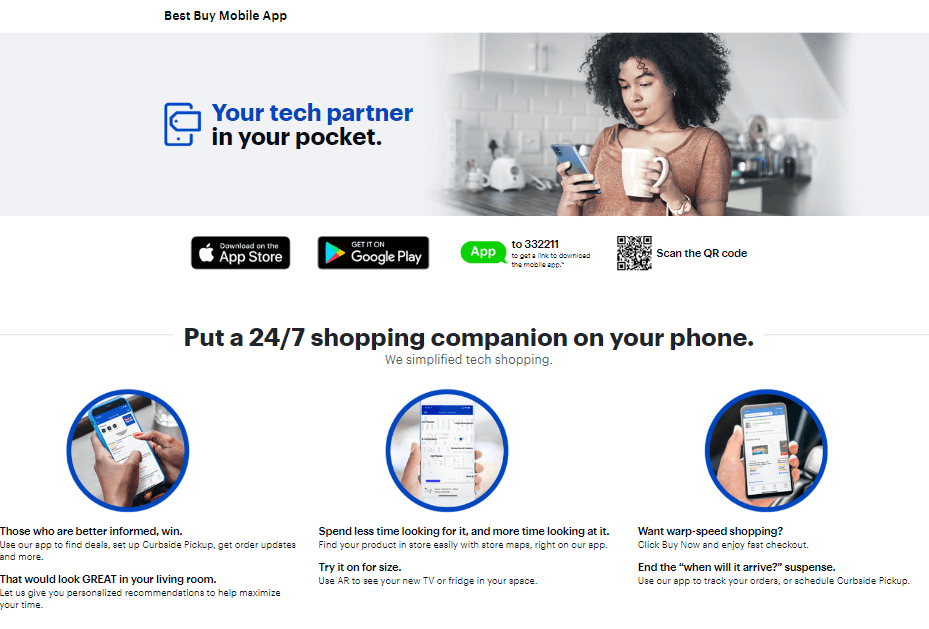
How to Create a Successful Omnichannel Marketing Strategy
Brands with an omnichannel marketing strategy typically experience greater customer engagement and retention, as well as an increase in purchase frequency and average order value. According to research by Statista, almost one in two ecommerce decision-makers in Europe and North America believe omnichannel strategies to be very important. So what are the aspects you need to consider when creating your omnichannel marketing strategy?
- Understand your customers: In order to create a seamless and pleasant experience for your customers across all channels you need to know who your customers are, how they shop, what their preferences are, what devices they use most.
- Address your customers’ challenges: With the help of data you will know how your customers behave and will be able to create a solution to their pain points. You can even reduce churn if you use the data in the right way.
- Select the right channels: By understanding your customers buying habits you’ll be able to determine which channels are the most impactful. It’s crucial to put emphasis on the channels and touchpoints where your customers spend the most time.
- Use the right technology tools: The marketing technology landscape is bigger than ever. Consider the different marketing automation tools available and choose the one that fits your expectations.
- Segmentation and personalization: Create customer segments after analyzing the collected data in order to be able to provide personalized journeys for each type of customer.
- Send the right message: Make sure that the context of your message is relevant to the given customer and that you send it at a time that is convenient to them. You can also send automated emails and messages to customers when certain triggers are activated. For instance, surprise and delight them by sending a special offer email when it’s their birthday.
- Have a dedicated mobile app: Smartphones can be seen as the gateway between online and offline. Therefore mobile apps establish a more meaningful connection between a brand, its digital channels, stores, and customers. They provide curated experiences that customers can carry around in their pocket.
5 Brands Getting Omnichannel Marketing Right
Check out how some of the biggest brands mastered omnichannel marketing:
1. Disney – Delivering Magical Memories
Disney is one of the most successful companies at omnichannel experiences. Everything starts with a beautiful responsive website where customers can book and plan their entire trip using the My Disney Experience tool. Once they arrive in the park, they can use their mobile app to locate the attractions they want to see, as well as check the approximate waiting time for each of them. Visitors’ phones also serve as a photo storage device, which means that anytime they are photographed on any attraction or with a Disney character, the photo appears on their phone.
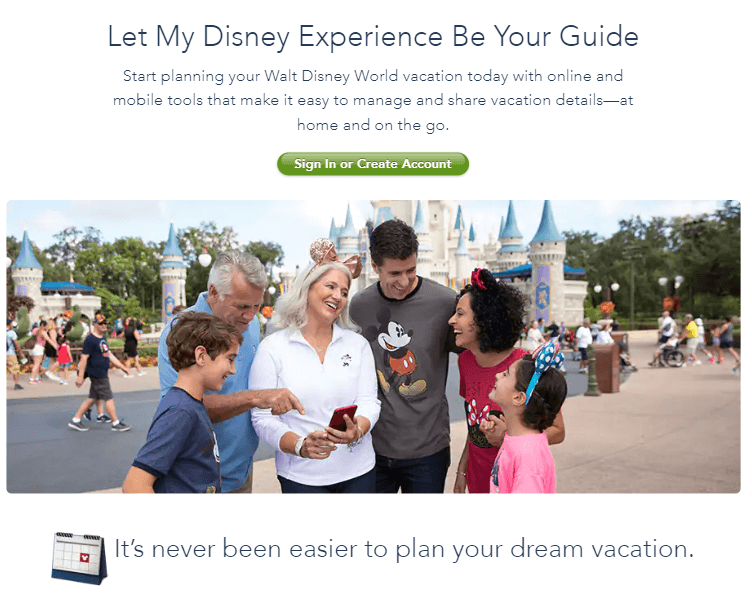
Why it works:
- Visitors are part of an omnichannel marketing strategy that is designed to maximize their enjoyment and spending from the moment they start planning their trip to Disney.
- The brand also has a solution for those who prefer not to be consumed by their phone throughout their visit.Disney’s strongest USP, the MagicBandacts as a hotel room key, photo storage device for any pictures taken with Disney characters, and a food ordering tool that can be linked to their credit card and used for any purchases within Disneyland. They can even personalize the look of the band and order a custom version in advance.
- Disney gathers enormous amounts of customer data with the help of their MagicBand, which supports the company to refine the experience in real-time and plan for the future.
2. Starbucks – The Pinnacle of Omnichannel Experiences
Through its mobile rewards app, Starbucks is able to better integrate the mobile experience with the in-store one to put consumer convenience first. Users can reload their cards from their phone or desktop computer. By using the app to pay, they are rewarded with points that can be applied to a free coffee. Additionally, they can skip the morning line by ordering in advance.

Why it works:
- The Starbucks Rewards app eliminates several pain points, app users can find stores near them, they no longer need to wait in line, and they can order and pay ahead.
- The app makes personalized recommendations based on local store inventory, weather, and previous orders.
- Customers can easily add money to their Starbucks account and access loyalty discounts over time, such as free food and beverages.
3. Walgreens – Connected Health Strategy
Walgreens has created an omnichannel pharmaceutical experience by using its custom mobile app as a primary tool for brand communications. The app facilitates prescription refills for customers, which they can then pickup in store. Their app also showcases store specific inventory making it easier for customers making a trip to decide which location they should visit.
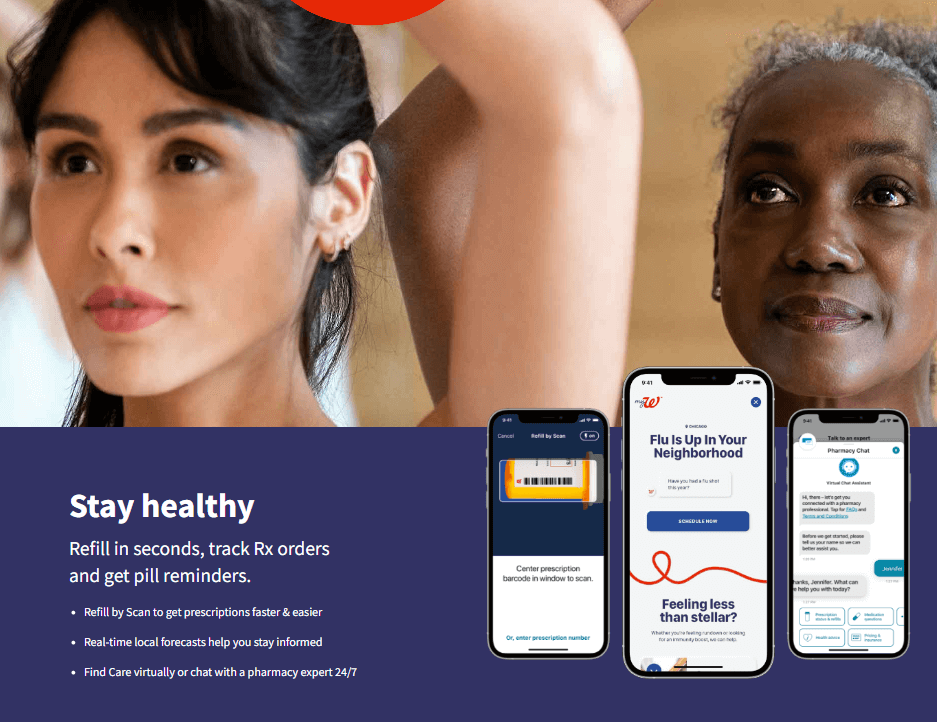
Why it works:
- The app offers a lot of convenience to customers, as they can do everything through it, eliminating potential hold times and reducing waiting time for in-store pick-ups.
- With the mobile app members can refill prescriptions, clip coupons, track rewards, video chat with a live doctor, and use Apple Pay or Google Wallet to store the loyalty reward card and pay at checkout
- The company also shows their commitment to good health by giving customers the opportunity to earn store points for their fitness progress.
4. Sephora – Beauty on Demand
What makes Sephora’s omnichannel strategy so excellent is that the beauty brand connects its shoppers’ online purchases to their in-store visits. Sephora’s customers love the “try-to-buy” model so in favor of that the company turned their stores into “playgrounds” for their beauty enthusiasts. The in-store experience is heavily supported by technology. The brand allows customers to view in-store item details and virtually try on products, all from their mobile device. Sephora also provides customers with rich in-app messaging, personalized push notifications, and the ability to book in-person beauty consultations from their phones.

Why it works:
- Sephora creates unique and on-demand experiences by combining their physical stores with the digital world, thus providing a customer experience that is unmatched by competitors.
- Sephora’s loyalty program, Beauty Insider, taps unified customer data and links offers across email, web, and mobile to drive online and in-store purchases.
- In-store technology allows the company to access a customer’s favorite items and suggest new products that align with the customer’s profile.
5. Uber – Putting Control Into Riders’ Hands
Although Uber might not seem like the candidate for omnichannel marketing excellence, after all, it only exists as an app, the company has excelled in uniting two channels that rarely mix well, and doing it seamlessly. With on-demand reservations Uber drivers will show up wherever passengers want them. Once in the car the service is no longer digital and the customer can start interacting with a real person.

Why it works:
- Uber uses technology to integrate real-world interactions with digital ones, combining them to eliminate the limitations and points of friction in traditional taxi-taking.
- Uber removes the unknown from the experience, users will know whether a ride is nearby, how much it will cost, passenger and driver have clarity on names, license plates, and each other’s previous journeys, so there’s an instant sense of familiarity and ease.
- From the driver’s perspective, there’s a map and navigation instantly available, and even a passenger rating that helps sift out problematic customers. Payment happens automatically, and there’s no fumbling with change or issuing receipts.
Mastering Omnichannel Marketing
In today’s world having a strong omnichannel marketing is crucial for any eCommerce and retail brand. A genuine omnichannel marketing approach must deliver a consistent brand experience everywhere you sell whether it’s in-store or online. The goal is to meet your customers where they are, build relationships with them and create a cohesive brand identity and customer experience that transcends individual channels and creates a true omnichannel presence.
If you’re interested in starting a discussion on how Antavo’s technology can help your brand create an omnichannel experience with the help of a loyalty program, our experts are always ready. So feel free to send us an RFP or book a demo directly.

Barbara is a Loyalty Program Specialist at Antavo and a Certified Loyalty Marketing Professional - CLMP. She is also a writing expert with several years of experience in marketing and also in the information technology industry. In her free time she likes traveling the world, reading crime stories, and doing crossword puzzles.
